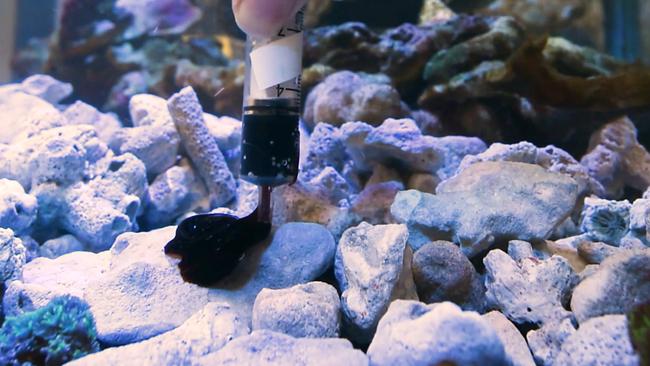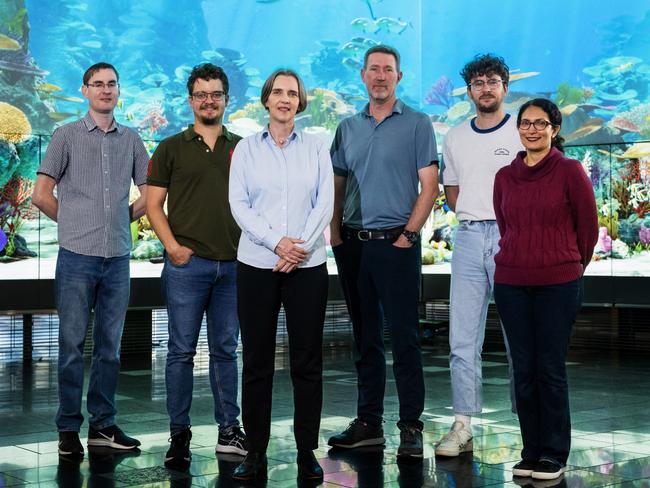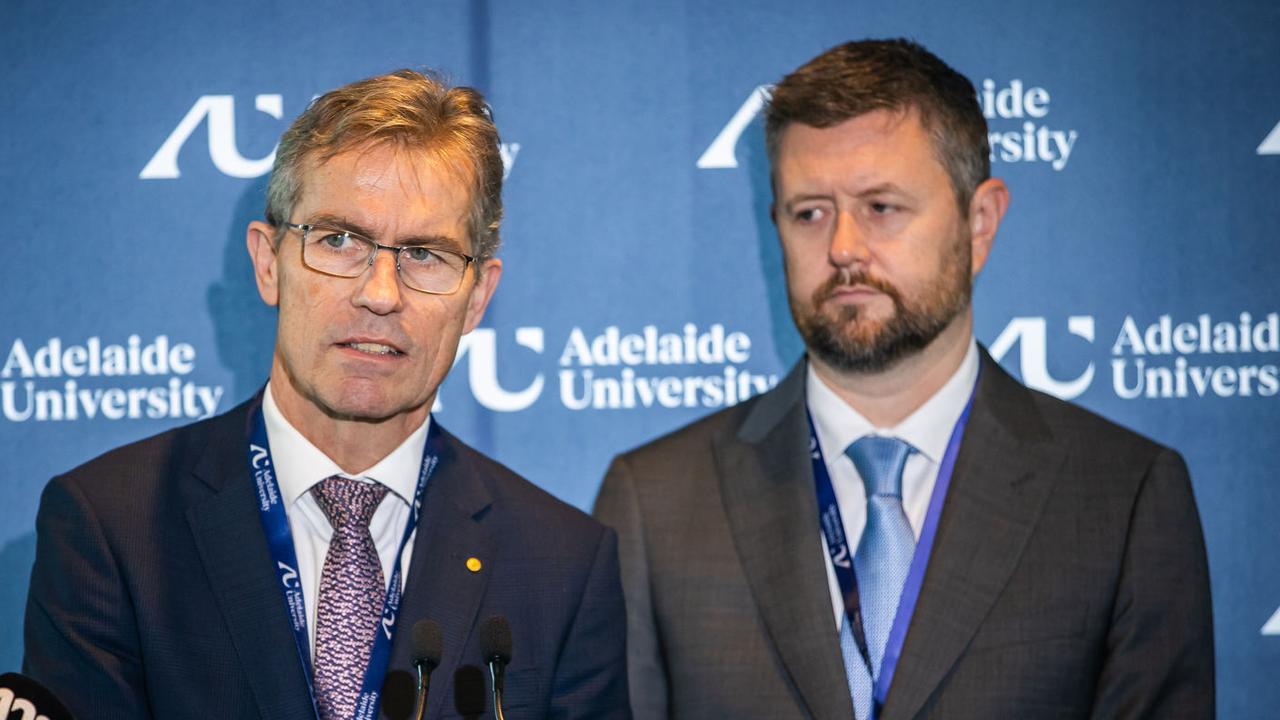QUT scientists developed underwater glue to repair reefs
Queensland Uni of Technology scientists developed a special adhesive to keep a damaged reef together and hold transplanted coral in position.

Problem Solver Award Finalist Queensland University of Technology
-
Future adhesion – sticking to reef restoration
-
Biodegradable marine adhesives to stabilise damaged areas and repopulate the corals of the Great Barrier Reef are a priority for Queensland University of Technology scientists.
Climate change and human activities damage the Reef. Marine heatwaves have bleached coral and increasingly frequent and severe cyclones induced by climate change have buffeted the Reef structure, leaving fields of broken, often finger-sized pieces of coral that shift with waves and currents.
“Coral larvae struggle to grow in these areas of coral rubble,” says Scott Bryan, acting head of QUT’s School of Earth and Atmospheric Sciences. “We’re working on a rubble stabilisation program to address that problem. Given time, the reef will adapt. As long as there’s a stable substrate or sea floor, coral reefs will endure and can migrate and move.”

About the size of Italy, with thousands of individual coral reefs, the Great Barrier Reef is an asset worth an estimated $56bn, according to the Great Barrier Reef Foundation. Reef tourism, fisheries and the related industries and services generate billions of dollars a year.
Physically, the reef provides the Queensland coast with protection from cyclones, and aesthetically it is one of the world’s most beautiful natural wonders, now threatened by accelerating climate change.
The adhesives QUT scientists are developing for coral rubble stabilisation have a range of other applications. Coral seedlings are grown on tiny tiles which are glued into the slots of little star-shaped devices. The weighted devices are then laid on the seabed. Coral fragments can also be glued directly to the seabed.
The scientists are also embedding kelp pollen in an underwater bio-adhesive for use in the restoration of Australia’s kelp forests. “We only need one of the pollen cells to grow for that approach to be successful,” Bryan says. “There could be thousands to millions of pollen cells mixed into a small amount of the adhesive.”
Developing the marine glues was a challenge that took time to overcome. Adhesives used on land often degrade underwater, and the scientists were restricted to non-chemical products to avoid polluting the reef. The adhesives must attach surfaces underwater and hold for many months or even years.
“Our chemists been working on adhesives for the last two years,” Bryan says. “This year we’re looking to do more and larger scale field trials on the reef. The results so far are very promising and we could be in a position to deploy them within one to two years.”
Plant waste will be a core ingredient, so the adhesives will be both eco-friendly and cheap to manufacture at scale, he adds. Autonomous vehicles or robots of various kinds can be used to apply the adhesives and the next step is to identify a suitable manufacturer to begin production of the adhesives on a commercial scale.
With the potential for a range of different applications, the adhesives have already engendered interest from both the public and private sectors, Bryan says.
There are many naval applications,” he adds, “and the repair of vessels, pipelines, underwater telecommunications cables, and for protection against seawater corrosion are just some of the needs we have for underwater adhesives.”



To join the conversation, please log in. Don't have an account? Register
Join the conversation, you are commenting as Logout